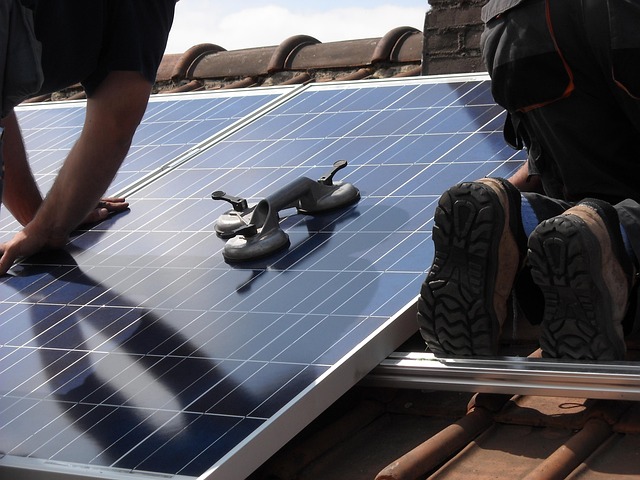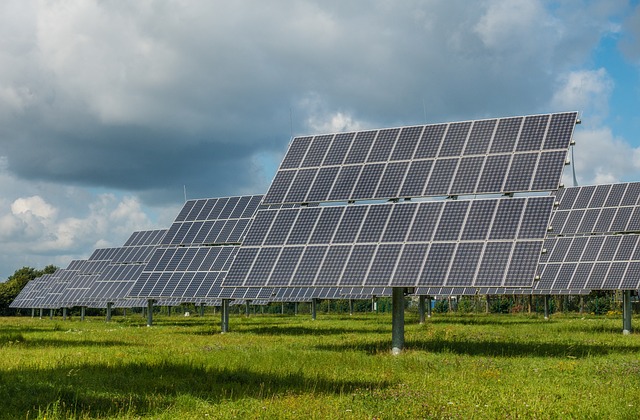Photovoltaic Farms Invisible Battlefield: How Can Anti-PID Coating Technology Extend Cable Life By 50%?
 Mar 06,2025
Mar 06,2025

 Suke
Suke
PID effect: the invisible killer of photovoltaic farms
The potential induced attenuation (PID) effect of photovoltaic modules is the core problem that leads to the decrease of photovoltaic system efficiency. Studies have shown that in high temperature and humidity environments, sodium ions in the component glass migrate to the battery surface through the packaging material, destroying the PN junction structure and causing a power attenuation of up to 70%. As the key carrier of power transmission, the aging of the insulation layer of cable will accelerate the PID effect diffusion. Data show that the average life of traditional cables in the northwest optical and thermal environment is only 8-10 years, and the decline in insulation performance caused by PID can shorten the life to less than 5 years.
The core breakthrough of anti-PID coating technology
1. Material innovation: from passive neutralization to active capture
The latest technology uses nano-metal oxide + crown ether composite coating to improve the dispersion of nanoparticles through silane modification, increasing the specific surface area to 3 times that of traditional fillers, and increasing the neutralization efficiency of free acetic acid by 80%. The introduction of crown ether structure can specifically complex sodium ions, and laboratory data show that its sodium ion trapping capacity is 12.3mg/g, which is 4.7 times higher than that of conventional materials.

2. Structure optimization: multi-layer protection system construction
The patented technology of the southern line power cable in Nanping, Fujian Province, shows that the double-layer structure of the aluminum foil protective layer + irradiation cross-linked sheath can extend the cable life by 3-5 years. Among them, the oxidation resistance of the aluminum foil layer is improved by 60%, and the tensile strength of the support cable is designed to reach 1800MPa, adapting to the mechanical stress in extreme climates. In the patent of high strength heat resistant optical cable, the synergistic action of calcium stearate and antioxidant 1010 extends the thermal aging life of the material to 4000 hours at 120°C .
Practical application effect and data verification
In the comparative test of a 200MW photovoltaic power station in Gansu Province (China):
Traditional cable group: After 3 years of operation, the insulation resistance is reduced by 42%, and the PID attenuation rate is 18.7%
Anti-pid coating cable group: the insulation resistance is only reduced by 9%, and the PID attenuation rate is controlled within 5%
Life prediction: Through accelerated aging experiments, the service life of the coated cable is extended from 10 years to 15 years, in line with the 50% life improvement target.
Technical and economic analysis and future trends
The initial cost of the current anti-PID coated cable is 15-20% higher than that of conventional products, but the life cycle cost of electricity (LCOE) can be reduced by 0.03 yuan /kWh. Australia's Nanoveu self-cleaning nanocoating technology has shown that a composite coating that combines anti-PID and self-cleaning functions can reduce operation and maintenance costs by an additional 30%. The Fano Resonance Optical coating (FROCs) developed by the University of Rochester will increase the photothermal conversion efficiency by 23%, indicating that the next generation of coating technology will be developed in the direction of multi-functional integration.

Conclusion: Industrial transformation under technological iteration
Anti-pid coating technology is reshaping the value chain of photovoltaic cables. From material modification to structural innovation, from single protection to intelligent response, this breakthrough in the invisible battlefield not only extends the life of equipment, but also promotes the continuous decline in the LCOE of photovoltaic systems. With the integration of cutting-edge technologies such as nanotechnology and AI diagnostics, photovoltaic cables are evolving from "passive carriers" to "active protection systems", providing key technical support for the global energy transition.

 Home
Home Crack Electric Aviation Charging Anxiety: Breakthrough In 3000V Liquid-cooled Fast-charging Cable
Crack Electric Aviation Charging Anxiety: Breakthrough In 3000V Liquid-cooled Fast-charging Cable  You May Also Like
You May Also Like

 Tel
Tel
 Email
Email
 Address
Address














